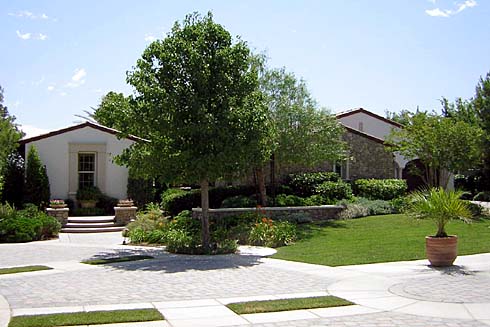TERMITES
Unveiling the Underground Threat: Termites in Real Estate
In the intricate ecosystem of real estate, where every detail shapes the landscape, one silent and often underestimated threat lurks beneath the surface - termites. These small insects, notorious for their ability to bore into wood and cause substantial damage, pose a significant risk to the structural integrity of properties. In this article, we will delve into the world of termites, understanding their behavior, the impact on real estate, and the measures one can take to protect against these stealthy invaders.
The Silent Destroyers:
Termites Unveiled
Biology and Behavior
Termites, often referred to as 'silent destroyers,' are social insects that thrive on cellulose, a component found in wood and plant materials. These relentless workers, divided into castes including workers, soldiers, and reproductive individuals, operate in colonies hidden from plain sight. Their voracious appetite for wood makes them a formidable force, capable of causing substantial damage over time.
Signs of Infestation
Identifying a termite infestation in its early stages is crucial for effective mitigation. Some common signs include:
Mud Tubes:
Termites construct mud tubes for protection as they travel between their colonies and food sources.
Hollowed Wood:
Infested wood may sound hollow when tapped.
Swarmers:
Winged reproductive termites, or swarmers, emerging from the colony.
Discarded Wings:
After mating, swarmers shed their wings, leaving behind small piles.
Discarded Wings:
After mating, swarmers shed their wings, leaving behind small piles.
Termites and Real Estate
Structural Damage
Termites pose a significant threat to the structural integrity of buildings. As they tunnel through wood, they compromise its strength, leading to potential safety hazards and costly repairs. In real estate transactions, discovering termite damage can impact property values and negotiations.
Prevalence in Certain Regions
Certain geographic regions are more prone to termite infestations due to climate and environmental factors. It's crucial for real estate stakeholders, including buyers and sellers, to be aware of the prevalence of termites in a given area and take preventive measures accordingly.
Protecting Against Termites
Regular Inspections
Routine termite inspections, conducted by licensed pest control professionals, are a proactive measure to detect infestations early. Both buyers and sellers can benefit from these inspections as part of due diligence in real estate transactions.
Preventive Treatments
Preventive treatments, such as soil treatments and wood treatments, can create barriers to deter termites. These measures are particularly valuable in regions where termite activity is prevalent.
Structural Modifications
Certain construction practices and structural modifications can minimize the risk of termite infestations. These may include using termite-resistant building materials and maintaining proper ventilation and drainage around the property.
Conclusion
In the intricate dance of real estate, where investments are significant and longevity is paramount, understanding and addressing the threat of termites is essential. Whether you're a prospective buyer, a diligent seller, or a property owner, taking proactive measures to protect against these silent destroyers ensures that the foundations of real estate remain strong and resilient.
By demystifying the world of termites, recognizing early signs of infestation, and embracing preventive strategies, stakeholders in the real estate industry can navigate the landscape with confidence. The battle against termites is won through knowledge, vigilance, and a commitment to preserving the longevity and value of real estate assets.
MORE REAL ESTATE TERMS
A, B, C, D, E, F, G, H, I, J, K, L, M, N, O, P, Q, R, S, T, U, V, W, X, Y, Z
Featured New Home

Featured Mortgage Brokers
- FIRST PRIORITY FINANCIAL INC, BENICIA, CA
1350 HAYES ST STE C14
BENICIA, CA 94510 - OPEN MORTGAGE LLC, CORONA, CA
1840 ROCKCREST DR
CORONA, CA 92880 - American Finance-Thomasville, mortgage broker in Thomasville, GA
15179 US Hwy 19 South
Thomasville, GA 31792 - UNION MORTGAGE GROUP, INC., GREENBELT, MD
7501 GREENWAY CENTER DR
GREENBELT, MD 20770 - PRIMELENDING A PLAINSCAPITAL COMPANY, HIBBING, MN
2900 E BELTLINE STE 5
HIBBING, MN 55746